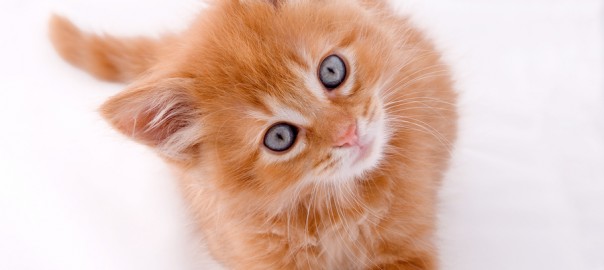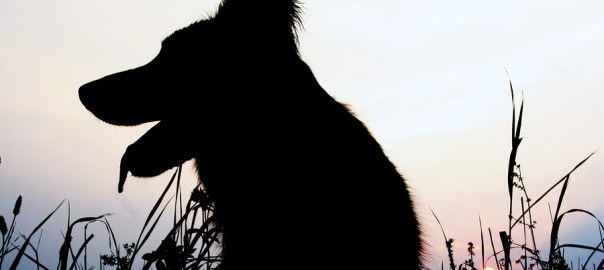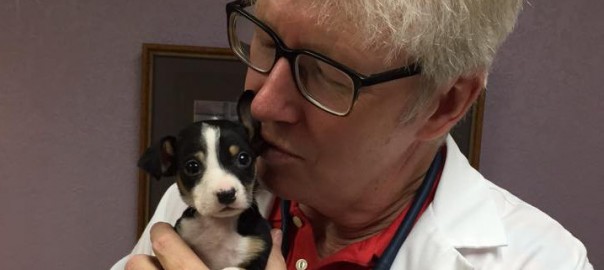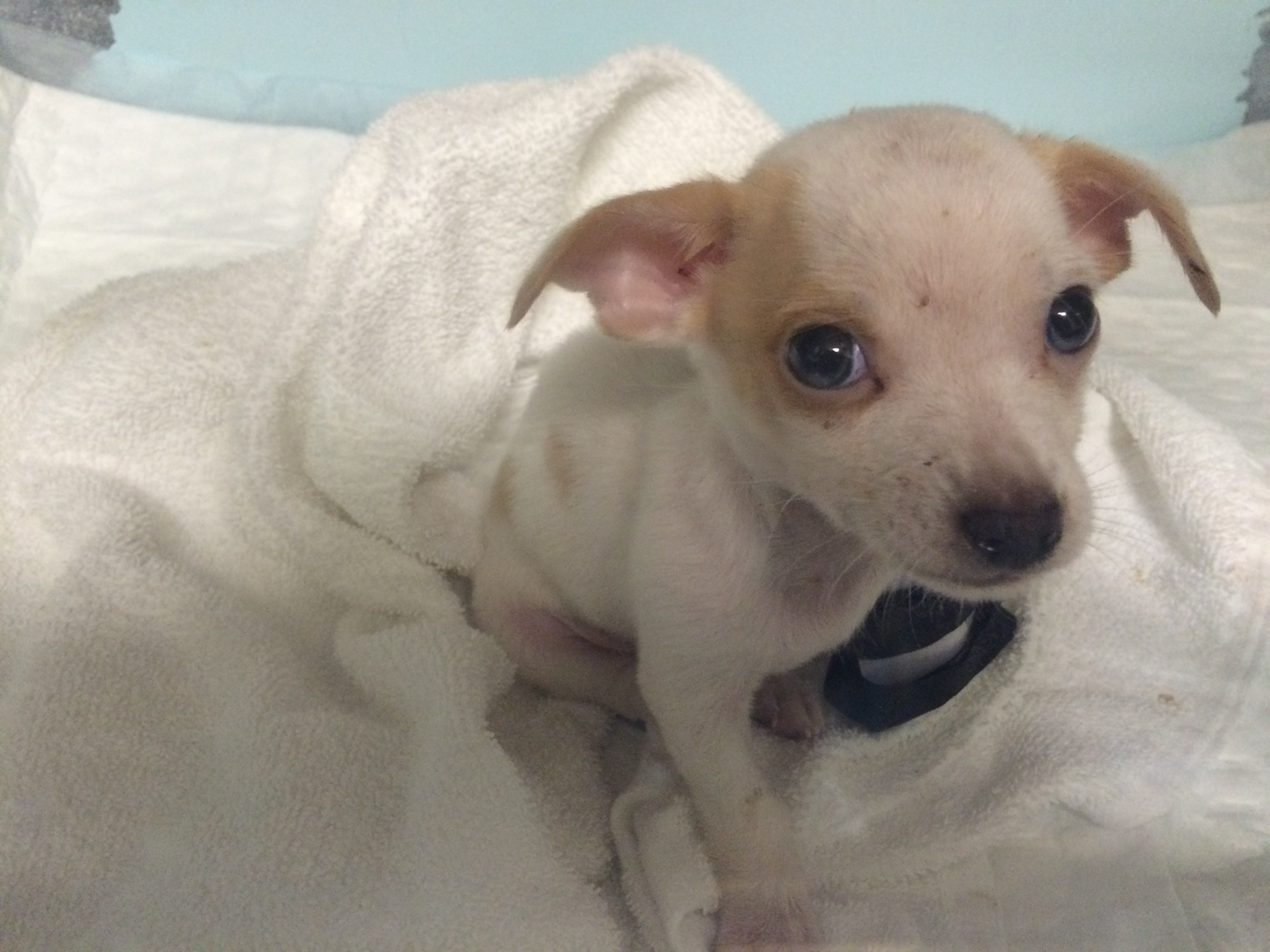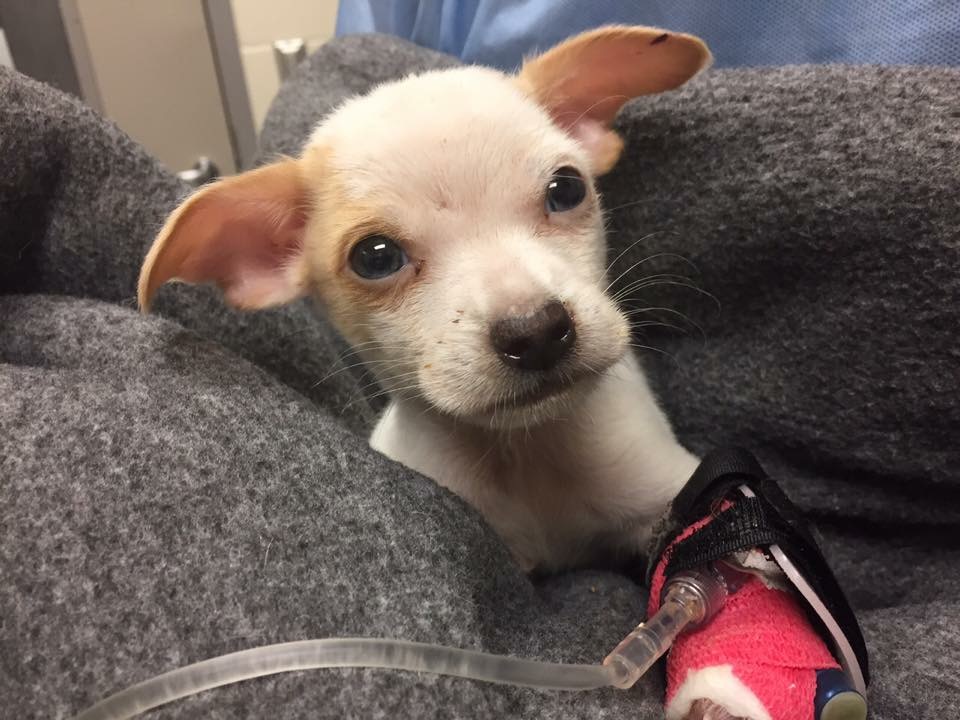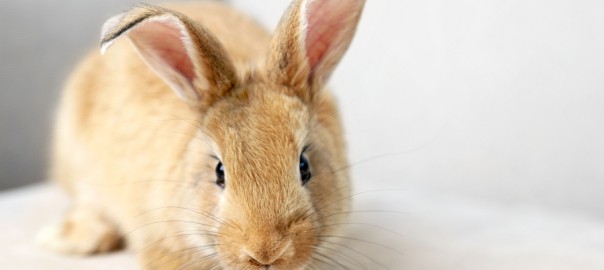It’s very rare, but did you know that cats can become infected with bird flu? A reader wanted to know how that happens, and what to do about it.
Q: Can cats really get bird flu? How does that happen? Is it from eating birds?
A: The strange but true answer is yes, cats can become infected with avian influenza, although their risk of contracting the disease in the United States is currently considered very low, according to the American Veterinary Medical Association.
Avian influenza infections in cats appear to be associated with outbreaks in domestic or wild birds by way of eating raw meat infected with the virus. No evidence shows that cats play a sustained role in transmitting the virus, the AVMA reports, noting, “There have been no known cases of human avian influenza [AI] resulting from exposure to sick cats, and there have been no outbreaks of AI among domestic cat populations.”
If you find your cat with a dead bird or know that he has eaten a dead bird, don’t worry too much. According to the international Food and Agriculture Organization, transmission of avian influenza to a cat from a dead bird is extremely rare. To be on the safe side, though, talk to your veterinarian and consider quarantining your cat for seven to 10 days if AI is known to be in your area.
To decrease your cat’s potential exposure to AI, keep him indoors to prevent contact with wild birds that may be infected with the virus. If your cat is sick or becomes sick within two to five days of exposure to a dead bird, take him to the veterinarian right away. Signs of AI (and other respiratory diseases) include fever, listlessness, conjunctivitis or difficulty breathing.
Finally, even if avian influenza isn’t a concern, always practice smart pet hygiene. Wash your hands after handling animals, disinfect surfaces regularly, clean and disinfect food and water dishes, and don’t get up close and personal with pets who are coughing, sneezing or wheezing.
Read more, including information on complementary veterinary medicine, in this week’s Pet Connection!
